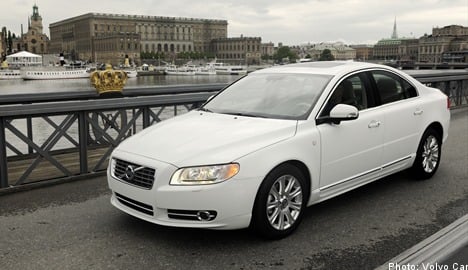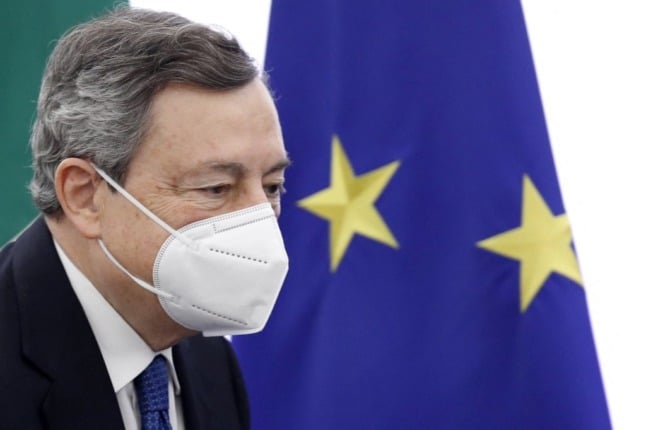Volvo Cars sold 17,882 vehicles in May in the countries covered by professional body European Automobile Manufacturers’ Assocation’s (ACEA’s) statistics – the EU plus Switzerland, Norway and Iceland.
The increase of 18.6 percent was one of the largest for any car brand. Only Land Rover and Lexus, which both in absolute terms sold considerably less than Volvo, noted higher percentage increases compared with last May.
Total sales fell in ACEA’s territory by 8.7 percent, according to preliminary figures announced on Tuesday. In a press release, ACEA mentioned two reasons for the decline.
The economic situation in Europe has become harsher and in some quarters, government support has ended. In Germany, car companies lost a total of 35 percent of its sales.
However, in the first five months of the year, car sales in Europe increased 2.3 percent compared with same period in 2009, with Volvo’s share rising 23.5 percent. Volvo also increased its share of the European market from 1.3 to 1.6 percent.
Volvo is currently owned by Ford, which has agreed to sell the company to Geely Automobile of China, in a deal expected to be completed in the autumn.
Saab is no longer recognized individually the statistics. Saab cars are included under “other brands.”



 Please whitelist us to continue reading.
Please whitelist us to continue reading.
Member comments